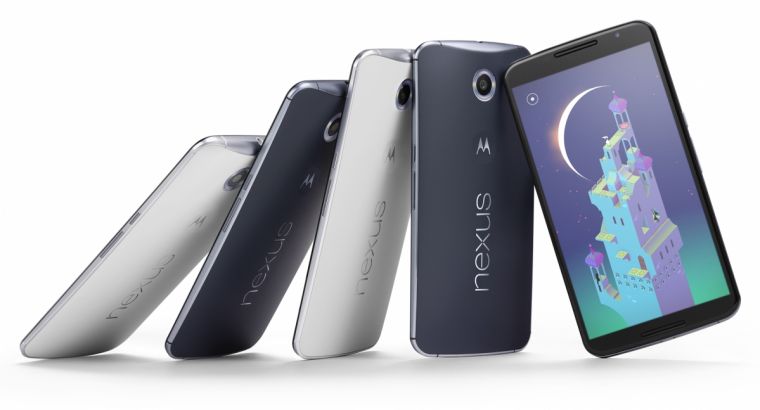Nexus 9 specs and features: Latest flagship tablet avoids high prices
Google has already unveiled its latest flagships this Wednesday and offered a first glimpse of the Nexus 9 tablet along with the Nexus 6 and the final Android L version.

The Nexus 9 will be running on Android L and is expected to be an impressive competitor against the iPad. The device sports an 8.9-inch display, which is said to have a 2048 x 1536 resolution. It is powered by a NVIDIA Tegra K1 64-bit dual-core processor at 2.3 GHz. Because it is the first Nexus device that comes with a 64-bit processor, it is expected to exhibit higher levels of speed, such as in playing games. Moreover, with a Turbo Charger functionality, such processor will enable the device to easily switch between tasks.
The Nexus 9 will also come with an 8-megapixel rear camera and a 1.6-megapixel front shooter. Thanks to a new feature that supports voice command, users can activate the tablet without the need to touch it, even when it is on sleep mode.
In partnership with HTC, the tablet has been incorporated with two speakers in its front panel, similar to that of the recently launched HTC One handsets, and boasts the BoomSound speaker technology.
A "brushed aluminum" frame has also been rumored to be incorporated into the final Nexus 9 design rather than an all-metal exterior. Prices for the tablet have been said to be at $400 for a 16-GB variant whereas a 32-GB LTE version may cost $500.

As for the Nexus 6, it sports a 5.96-inch screen with a Quad HD (2560x1440) resolution. Under the hood is a Snapdragon 805 Quad Core 2.7 GHz processor, 32- and 64-GB storage options, plus a 13-megapixel rear camera with OIS and 2-MP front-facing cam. It has dual front-facing speakers and microphone. According to Android Central, pricing starts at $649 off contract, and consumers can choose either Midnight Blue or Cloud White. .
Google's senior vice president of Android Sundar Pichai also released an official statement about the company's latest flagship devices.
"Advances in computing are driven at the intersection of hardware and software," Pichai explained. "That's why we've always introduced Nexus devices alongside our platform releases."











